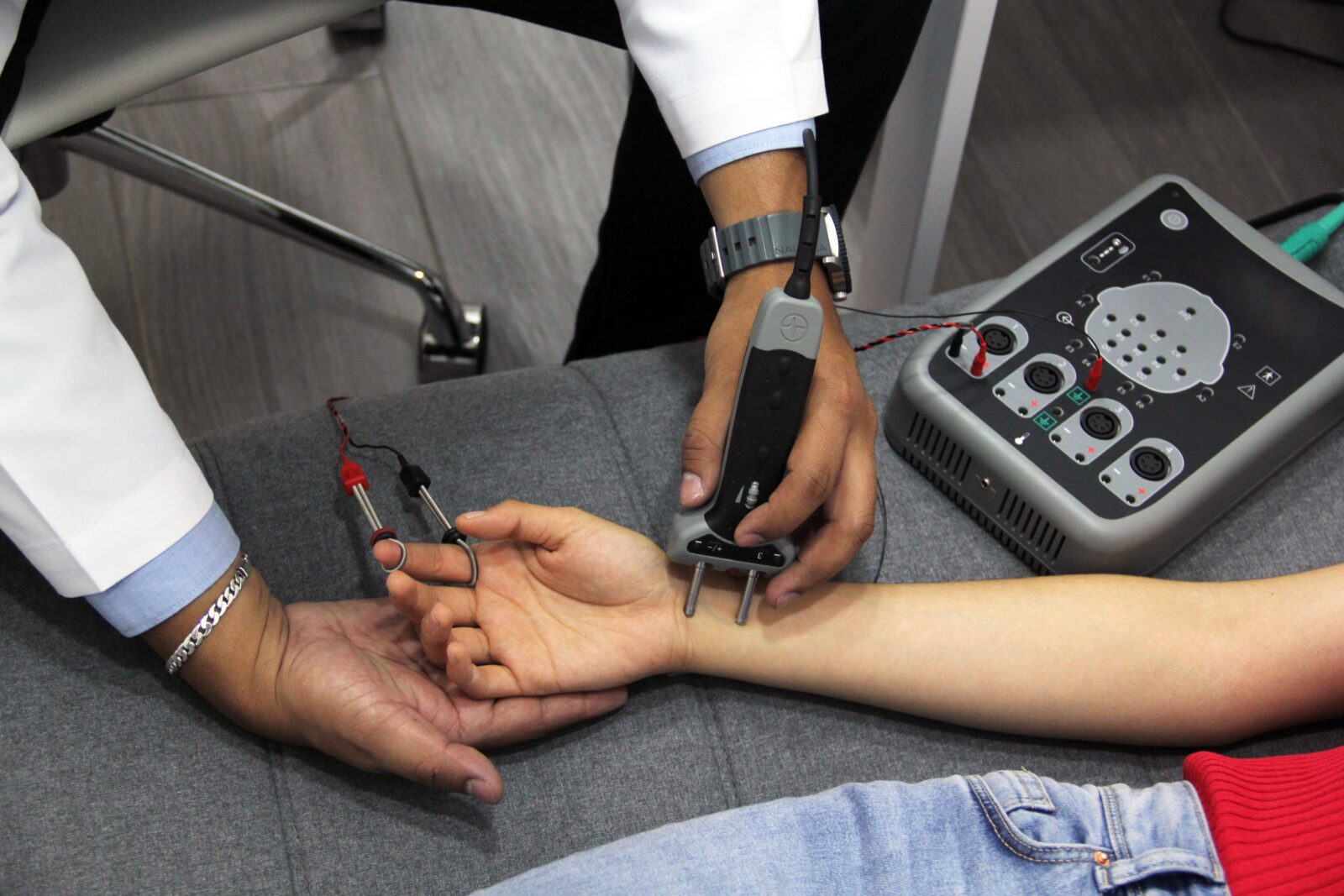Back and neck pain are unfortunately common. Although the most common cause of back and neck pain is a torn or pulled muscle and/or ligament, back and neck pain can also be caused by mechanical issues. Regardless of the cause, most people with back and neck pain simply want to know how they can get out of pain without the need for spinal surgery. Luckily, there are a few effective non-surgical treatments for spinal conditions within the field of physiatry.
What is Physiatry?
Physiatry is a type of non-surgical medicine and rehabilitation that specializes in the diagnosis, treatment, and management of disease primarily using physical means. Physiatrists offer patients a range of treatments that address pain or dysfunction of the muscles, bones, nerves, ligaments, tendons, and other associated structures. The ultimate goal of physiatry is to restore as much function as possible while decreasing as much pain as possible.
Physiatrists, more formally known as physical medicine and rehabilitation physicians, are medical doctors with specialized training in physical medicine and rehabilitation. In addition, some physiatrists also complete additional fellowships to obtain training in a specific specialty. Two specialties that are beneficial for treating back and neck pain include spine and pain management. Physiatrists with a spinal specialty have extensive knowledge in treating back pain caused by spinal dysfunction, while physiatrists with a pain management specialty have extensive knowledge in treating chronic pain with non-surgical treatments. In some cases, physiatrists can also provide post-operative care.
What Spinal Conditions can Physiatry Treat?
Physiatrists can treat pain caused by a variety of spinal conditions. The most common spinal conditions treated by physiatrists include:

- Ankylosing spondylitis
- Back Pain
- Fibromyalgia
- Muscle and ligament injuries
- Myofascial pain
- Osteoarthritis
- Osteoporosis
- Sciatica
- Spinal cord injury
- Work injuries
What Services do Physiatrists Offer?
Electromyography
Electromyography (EMG) is a diagnostic procedure used to evaluate muscle and motor neuron health. Motor neurons are the nerve cells that control muscles by transmitting electrical signals to stimulate muscle contraction. During an EMG, a needle electrode is inserted into the muscle and used to record electrical activity. This electrical activity is then translated into graphs, sounds, or numerical values that can be analyzed by a physiatrist. EMGs are ideal for identifying nerve dysfunction, muscle dysfunction, or nerve-to-muscle signal dysfunction.

Nerve Conduction Study
Nerve conduction study is another diagnostic technique that is generally performed at the same time as an EMG. During a nerve conduction study, surface electrodes are placed on the skin and used to measure the speed and strength of electrical signals moving between two or more points. Nerve conduction studies are used to identify and diagnose nerve damage.
Spinal Injections (epidural, facet, and trigger point injections)
To relieve chronic back and neck pain, physiatrists can perform a range of spinal injections such as:
- Epidural injections: used to relieve pressure on compressed nerves to reduce pain and dysfunction. Sometimes also used for diagnostic purposes.
- Facet Injections: used to relieve pain and dysfunction caused by degenerative arthritis or injury.
- Trigger Point Injections: used to relieve pain and dysfunction caused by trigger points, or small muscular knots that cause muscle irritation.










